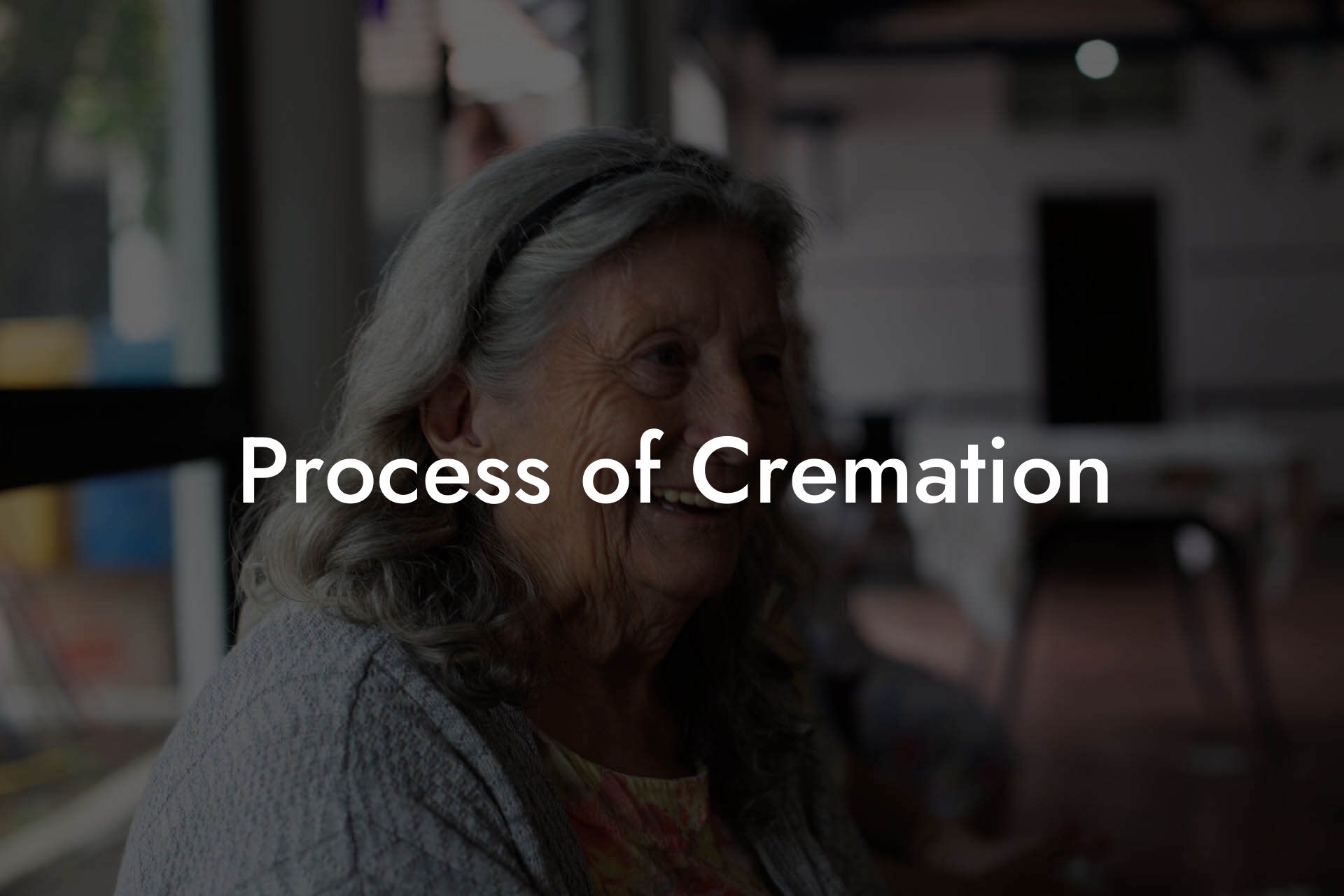Imagine a world where saying goodbye to a loved one is not only a meaningful experience but also an eco-friendly and cost-effective one. Welcome to the world of cremation, a modern, sustainable, and increasingly popular alternative to traditional burial methods. In this comprehensive guide, we'll delve into the process of cremation, exploring its history, benefits, and intricacies, as well as the various options available to you and your loved ones.
Quick Links to Useful Sections
A Brief History of Cremation
Cremation has been around for thousands of years, with evidence of its practice dating back to ancient civilizations such as the Greeks, Romans, and Egyptians. However, it wasn't until the late 19th century that cremation began to gain popularity in the Western world. Today, cremation is the chosen method of body disposition for over 50% of Americans, with that number expected to rise to 70% by 2035.
The Cremation Process: A Step-by-Step Guide
So, what exactly happens during the cremation process? Here's a detailed breakdown of the steps involved:
- Preparation: The body is prepared for cremation, which includes washing, dressing, and placing it in a cremation container or casket.
- Identification: The body is identified to ensure that the correct remains are being cremated.
- Cremation Chamber: The body is placed in a cremation chamber, where it is exposed to high temperatures (typically between 1400°C to 1800°C) for 1-2 hours.
- Bone Fragmentation: After cremation, the remains are processed into smaller bone fragments, known as cremated remains or ashes.
- Final Processing: The ashes are then sorted, cleaned, and placed in an urn or container for the family to collect.
The entire process typically takes around 2-3 hours, depending on the size and weight of the body.
Types of Cremation: Understanding Your Options
There are several types of cremation services to choose from, each with its own unique characteristics and benefits:
- Traditional Cremation: A traditional funeral service is held, followed by cremation.
- Direct Cremation: Cremation occurs immediately, without a funeral service or viewing.
- Green Cremation: An eco-friendly alternative that uses a water-based cremation process, reducing environmental impact.
- Alkaline Hydrolysis: A flameless cremation process that uses a water-based solution to break down the body.
Each option has its own advantages, and the right choice for you will depend on your personal preferences, budget, and values.
The Benefits of Cremation
So, why are more and more people choosing cremation over traditional burial? Here are some of the key benefits:
- Cost-Effective: Cremation can be significantly cheaper than traditional burial, with costs ranging from $1,000 to $3,000.
- Eco-Friendly: Cremation is a more environmentally friendly option, as it reduces the need for land use, embalming fluids, and other resources.
- Flexibility: Cremation provides more flexibility in terms of memorialization, allowing families to hold a service or scattering ceremony at a later date.
- Simplicity: Cremation is a simpler, more straightforward process than traditional burial, with fewer decisions to make.
These benefits, combined with the increasing awareness of environmental issues and the need for sustainable practices, have contributed to the growing popularity of cremation.
Cremation FAQs: Your Questions Answered
Here are some frequently asked questions about cremation:
1. What happens to the ashes after cremation?
The ashes are returned to the family, who can then choose to scatter, bury, or keep them in an urn.
2. Is cremation a safe process?
Yes, cremation is a safe and regulated process, with strict guidelines in place to ensure that the remains are handled with dignity and respect.
3. Can I still have a funeral service with cremation?
Yes, you can still hold a funeral service or memorial ceremony with cremation, either before or after the cremation process.
4. How do I know that I'm getting the right ashes back?
Crematories use identification tags and other measures to ensure that the correct ashes are returned to the family.
5. Can I scatter the ashes in a special location?
Yes, you can scatter the ashes in a special location, such as a national park, ocean, or other meaningful spot, as long as it's permitted by local regulations.
Resources and Community Support: Your Next Steps
If you're considering cremation for yourself or a loved one, here are some resources to help you navigate the process:
- Cremation Associations: Organizations like the International Cemetery, Cremation and Funeral Association (ICCFA) and the National Funeral Directors Association (NFDA) provide guidance and resources on cremation.
- Online Forums and Support Groups: Join online communities and forums to connect with others who have experienced cremation and share your own story.
- Local Crematories and Funeral Homes: Reach out to local crematories and funeral homes for information on their services and prices.
Remember, cremation is a personal choice, and it's essential to take the time to understand the process and its implications. By doing so, you can make an informed decision that honors your loved one and respects your own values and beliefs.

